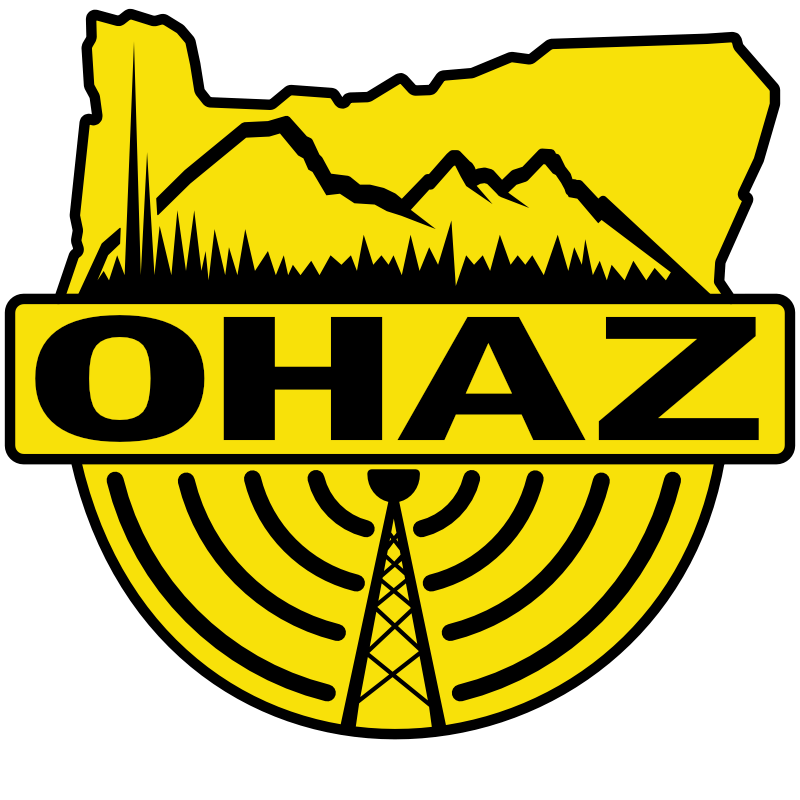About the Oregon Hazards Lab
The Oregon Hazards Lab is a research lab within the University of Oregon’s Department of Earth Sciences.
Our mission is to use science, technology, and community engagement to understand, detect, and mitigate multi-hazards within the Pacific Northwest. Our work advances knowledge of natural and human-caused hazards and the environment, it helps to protect the public, and it contributes to community-level resilience.
Our vision is to develop the most advanced all-hazards, environmental, and ecosystem observing platform in the United States. This platform will:
Provide physical, life, and social scientists with curated, open-access data that are the cornerstones of discovery
Deliver actionable information to the public, emergency managers, lifeline infrastructure providers, and decision makers
Simultaneously foster convergent scientific research that contributes to building a more disaster-resilient society
To achieve this vision, we are developing a regional platform for both resilience monitoring and scientific observing.
Resilience monitoring is critical to improving society’s resilience to natural disasters. Projects such as the ShakeAlert® Earthquake Early Warning System and wildfire detection cameras provide a public service by increasing public awareness of natural hazards and our communities’ ability to respond. A shared network supports multiple systems of sensors that deliver data to monitoring and alerting systems in real time. Seismic sensors provide data for ShakeAlert, whereas high-resolution pan-tilt-zoom cameras provide real-time imagery for fire detection.
Scientific observations are necessary to address fundamental questions about interconnected natural and social systems. The research community, however, currently lacks real-time sensor data that captures the dynamics of environmental events. OHAZ is leveraging its resilience monitoring infrastructure to collect data for scientific research. These data will inform scientific understanding of these processes, provide actionable information to the public, and help to mitigate the impacts of a changing climate on natural and social systems.
These projects directly contribute to building a more resilient and livable future. The framework of technology, science, and public engagement that strengthens resilience also enhances environmental stewardship and understanding. Our goal is to be international leaders in using hazards monitoring to support stewardship of place and to inform societal responses to climate and land-use changes.
We Are Oregon, Rising
Learn how the mission and vision of OHAZ fit within Oregon Rising, the University of Oregon’s strategic framework to accelerate its impact on our state, our nation, and the world.
